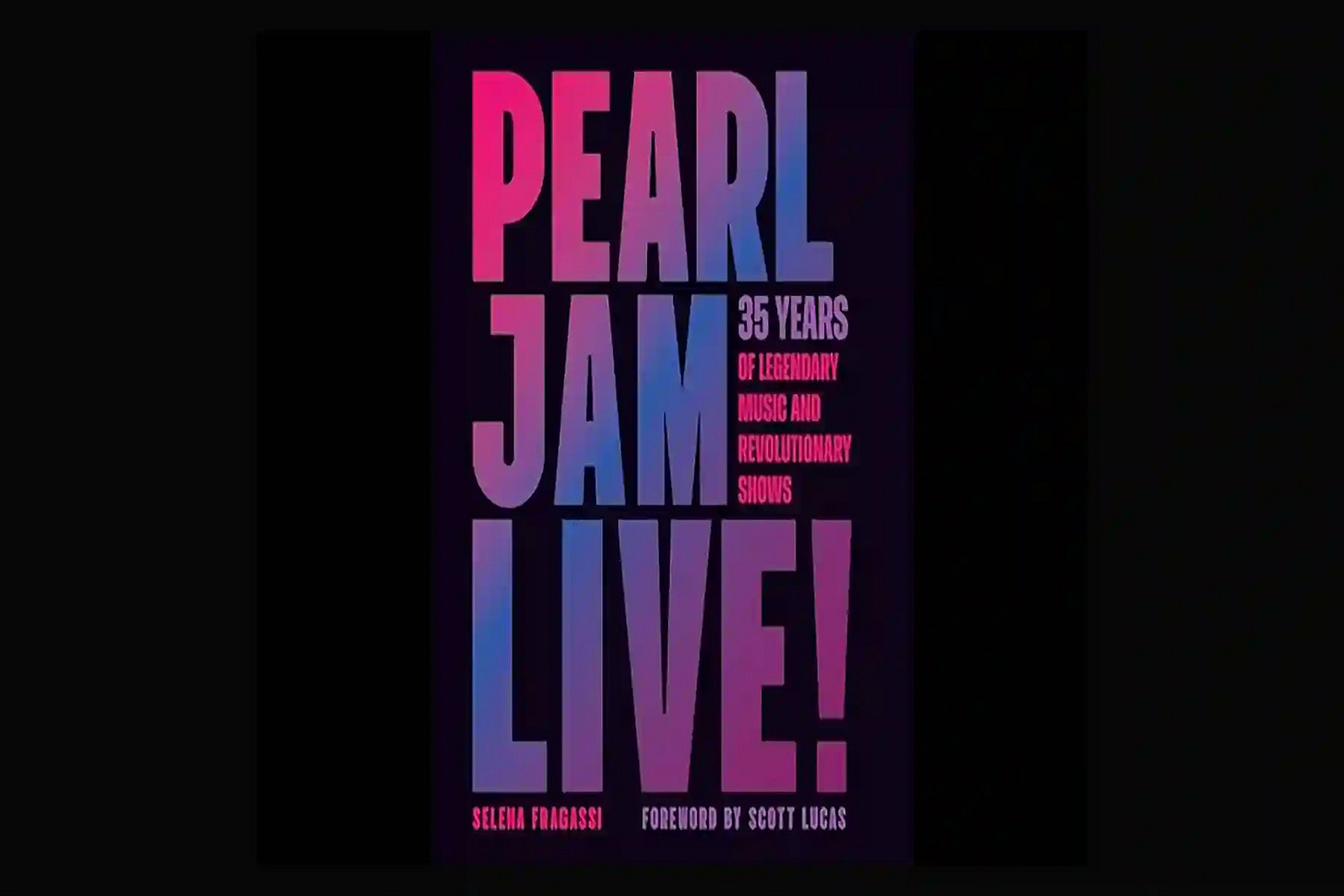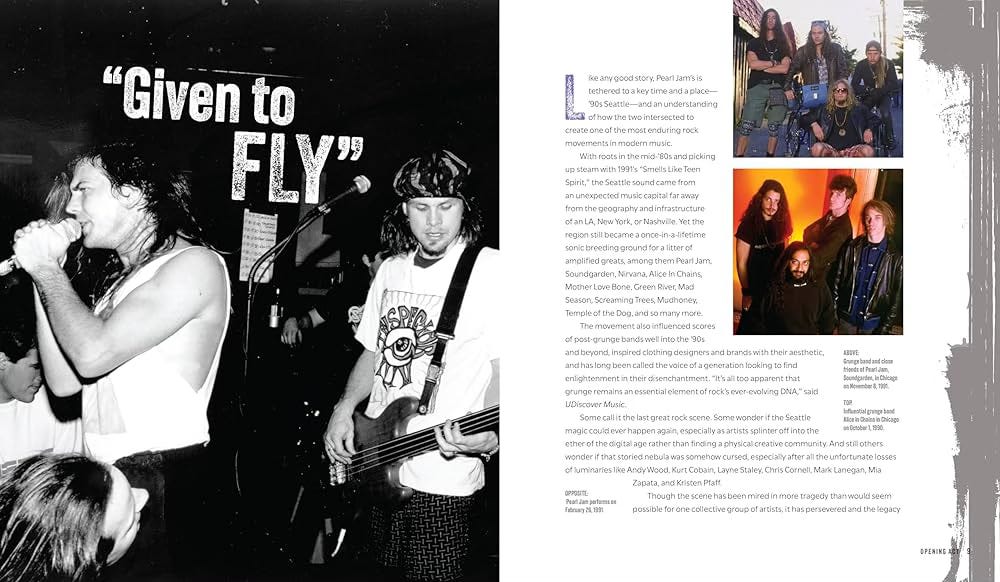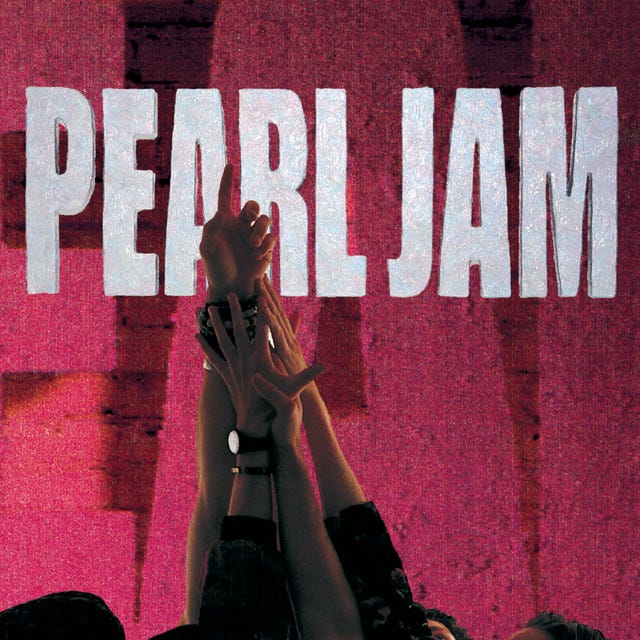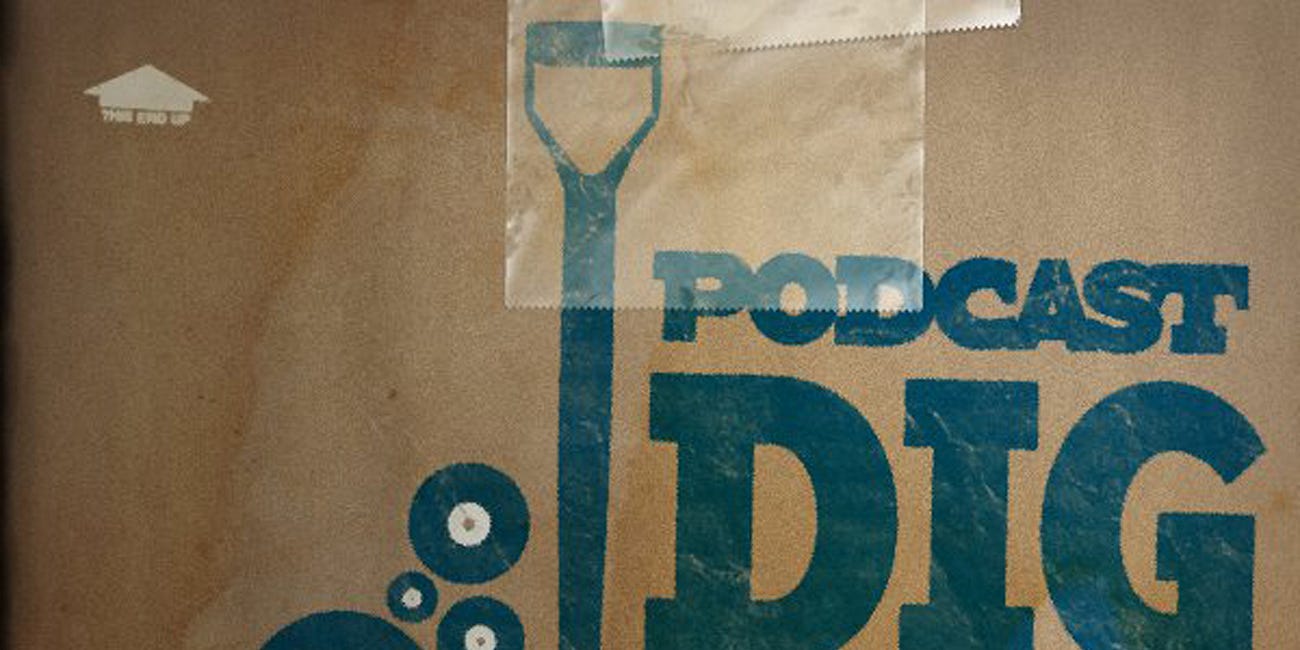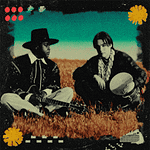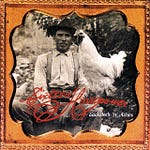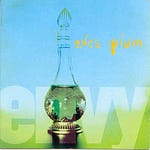Ever see a band live that doesn’t just perform—they commune?
Pearl Jam is a band that figured out how to survive the wreckage of the ’90s by becoming more than music. They built a community.
We’re joined by Selena Fragassi to break down her latest deep dive “Pearl Jam Live! 35 Years of Legendary Music and Revolutionary Shows”—a book that structures itself like the concert experience itself. She covers Pearl Jam’s Seattle origins, their meteoric rise through the ’90s and their evolution from 2001 to present.
Selena is a veteran music journalist who’s built her career chasing the stories that matter—from her legendary early interview with an unknown Adele in 2008 to regular contributions at Spin Magazine, Chicago Sun-Times, and Paste. She’s authored books on everyone from Alanis Morissette to NSYNC to Greta Gerwig. Her approach? Get beyond the surface myths and find the human stories that make legends legendary.
The Secret Sauce of Survival
While their Seattle siblings crashed and burned, Pearl Jam cracked the code. What’s their secret? They never forgot they were fans first. When Eddie Vedder got that demo tape from Jeff Ament and Stone Gossard—those already-burned veterans of Mother Love Bone—something electric happened. Not just musically, but philosophically.
Jeff and Stone had already tasted major label poison with Andy Wood’s tragic end. They knew the game. When Eddie’s voice emerged from that demo, raw and desperate, they recognized something authentic in a manufactured world.
Here’s where it gets interesting. Pearl Jam didn’t just stumble into their legendary live reputation. Every show was different. Every setlist unique. No corporate playbook bullshit.
Think about that for a second. In an era when most bands treated touring like a McDonald’s franchise—same product, same experience, every night—Pearl Jam went rogue. They made FOMO an art form before we even had the term. Miss a show? You might miss the night they played Ten front to back. Or covers only. Or Eddie climbing scaffolding like a caffeinated spider monkey.
The Fan Club
Remember fan clubs? Those relics from when musicians actually gave a shit about their audience? Pearl Jam’s Ten Club is the gold standard. While everyone else chased MTV and radio play, Pearl Jam built something deeper: a community that travels, that supports each other, that treats concerts like summer camp for emotionally damaged adults.
The Ticketmaster war was Pearl Jam saying “fuck your monopoly” when everyone else played ball. They literally tried organizing their own tours, down to figuring out porta-potty logistics. When Congress called hearings, guess who showed up? Stone and Jeff, not just Eddie. The whole band believed.
Sure, they eventually had to surrender to Ticketmaster’s stranglehold. But for years, they fought a fight nobody else would. That’s the punk DNA from Seattle’s isolated scene—the DIY ethos that says “we’ll figure it out ourselves”.
The Drummer Rotation
Here’s something wild: Pearl Jam is the only major band that’s rotated one position—drummer—for 35 years, and each change fundamentally altered their sound. Dave Krusen’s slinky foundation on Ten, Dave Abbruzzese’s electrifying live performances from the Ten tour through Vitalogy, Jack Irons’ punk-infused energy, and Matt Cameron’s technical mastery spanning nearly three decades—each making their distinct mark.
Most bands, you swap drummers and nobody notices. With Pearl Jam, it’s like changing the engine in your car. Same body, completely different ride.
In our oversharing digital hellscape, Pearl Jam maintains something precious: mystique. They don’t do many interviews. They don’t explain their process. Even basic shit like where their name came from remains deliciously unclear.
That’s not an accident. While everyone else posts their breakfast on Instagram, Pearl Jam lets their music speak. The result? A fanbase that argues band trivia like medieval scholars debating theology.
What 35 Years Teaches Us
Author Selena Fragassi nailed it in her book Pearl Jam Live: this isn’t just about longevity, it’s about connection. Pearl Jam survived because they never forgot the transaction is human-to-human.
Every night, in every city, they create something unrepeatable. They’ve played over 1,100 shows, and no two were the same. That’s not just impressive—it’s revolutionary.
While the music industry chases algorithms and streaming numbers, Pearl Jam proves something radical: give people something real, something they can’t get anywhere else, and they’ll follow you anywhere. Even to freezing October shows at Alpine Valley where they need heaters on stage.
That’s the Pearl Jam lesson: authenticity is the best survival tactic.
With Matt Cameron’s recent departure, Pearl Jam faces another drummer transition. But here’s the thing—they’ve done this dance before. The question isn’t whether they’ll survive; it’s how the next chapter will sound.
Songs in this Episode
Intro - State of Love and Trust*
31:49 - Evenflow*
Outro - Black*
(*Live from the Dissident singles)
Pearl Jam - Ten | 90s Album Review
For the next installment of our series, looking back at the Diamond selling albums of the 1990s, we're revisiting the 1991 debut album Ten by Pearl Jam. Though it wasn't an immediate smash upon release, Ten built success on the back of singles like "Alive," "Evenflow," and "Jeremy" with heavy support from radio and MTV. Though the band pulled the plug o…
#238: Apple by Mother Love Bone
It’s been twenty-five years since Mother Love Bone released their one and only album, Apple. Neither hair metal nor grunge, the band bridged an interesting time between the 80s and 90s. To help us revisit, we’re joined by Eric Peterson of the Love That Album podcast
#114: Above by Mad Season
The lone release by Seattle-supergroup Mad Season, 1995's Above, is being re-released in 2013 as a box set with new material and a live concert, so now is the time to revisit. Often, musical supergroups fail to live up to the sum of their parts (re: The Thorns or Velvet Revolver), does Mad Season? Is this just another "grunge" record, or does Above rise…





